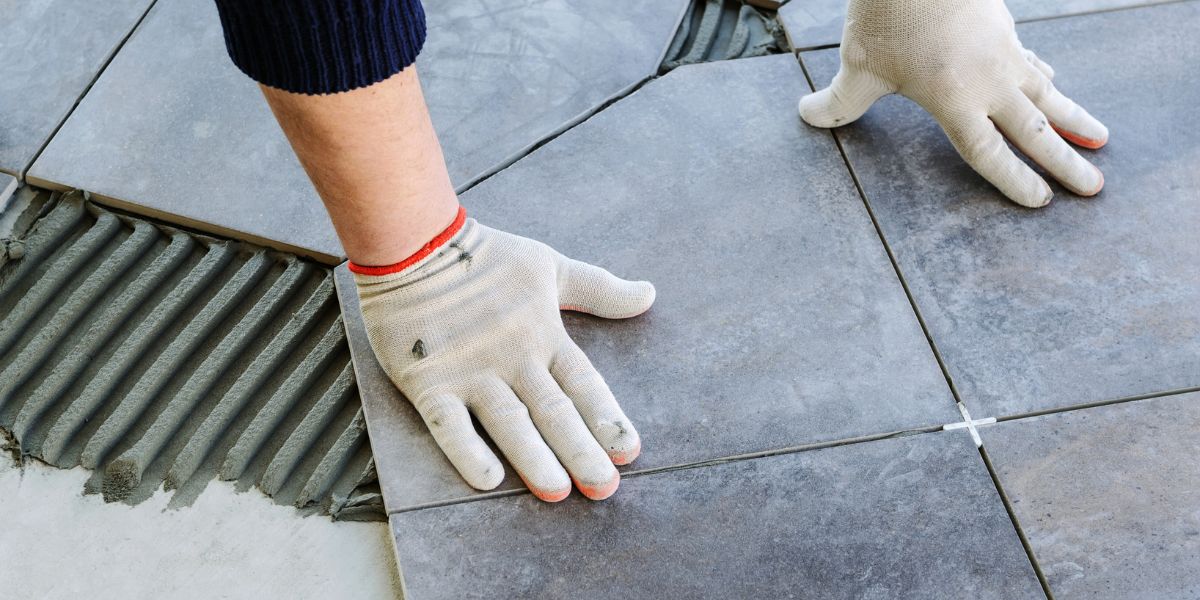Tile installation is the process of laying ceramic, porcelain, stone, or other types of tiles on floors, walls, countertops, and backsplashes. Proper tile installation ensures durability, aesthetic appeal, and ease of maintenance. Skilled installers use specific tools and materials to prepare surfaces and set tiles accurately according to design and safety standards Tile Installation.
Types of Tiles for Installation
Ceramic Tiles
Ceramic tiles are made from clay and fired in a kiln. They are durable, affordable, and available in various sizes, colors, and finishes. Ceramic tiles are commonly used for walls, backsplashes, and light-traffic floors.
Porcelain Tiles
Porcelain is a denser, more water-resistant type of ceramic tile. It is ideal for high-traffic areas, bathrooms, and outdoor applications. Porcelain tiles often mimic natural stone or wood patterns.
Natural Stone Tiles
Materials such as marble, granite, slate, and travertine fall under natural stone tiles. They offer unique textures and colors but require sealing to protect against stains and moisture.
Glass Tiles
Glass tiles are popular for decorative purposes, especially backsplashes and accent walls. They reflect light and add brightness but require careful handling due to fragility.
Tile Installation Process
The tile installation process involves several key steps:
- Surface Preparation:
The surface must be clean, dry, and level. Existing flooring or wall surfaces may need repair or leveling. - Layout Planning:
Installers measure and plan the tile layout to minimize cuts and ensure symmetry. Dry fitting tiles helps visualize the final look. - Applying Adhesive:
Thin-set mortar or mastic is spread evenly on the surface using a notched trowel. The adhesive type depends on tile and surface material. - Setting Tiles:
Tiles are pressed into the adhesive with proper spacing, using spacers to maintain uniform grout lines. - Cutting Tiles:
Specialized tile cutters or wet saws cut tiles to fit edges and corners. - Grouting:
Once adhesive cures, grout is applied between tiles to seal joints and provide a finished look. - Sealing (if needed):
Natural stone tiles and some grout types require sealing to prevent moisture and staining.
Tools and Materials for Tile Installation
Common tools and materials include:
- Notched trowels
- Tile spacers
- Tile cutters or wet saws
- Rubber grout float
- Buckets and sponges
- Level and measuring tape
- Thin-set mortar or adhesive
- Grout and sealant
Using proper tools ensures a professional and durable finish.
Average Cost of Tile Installation
Costs vary based on tile type, area size, and labor rates. Typical price ranges include:
| Tile Type | Installation Cost (USD per sq ft) |
| Ceramic | $5 – $10 |
| Porcelain | $7 – $15 |
| Natural Stone | $10 – $25 |
| Glass | $15 – $30 |
Additional costs may include surface preparation, removal of old flooring, and sealing.
Benefits of Professional Tile Installation
- Durability: Correct installation prevents tile cracking and loosening.
- Aesthetic Quality: Professionals achieve straight lines and even spacing.
- Time Efficiency: Experienced installers complete jobs faster.
- Proper Surface Preparation: Reduces future problems such as mold or water damage.
- Warranty: Many contractors offer guarantees on workmanship.
Frequently Asked Questions (FAQ)
How long does tile installation take?
Small projects may take 1-3 days. Larger areas or complex patterns can take a week or more, including drying and curing time.
Can I install tiles myself?
DIY installation is possible for simple projects, but professional installation is recommended for durability and finish quality.
Do tiles require maintenance?
Ceramic and porcelain tiles require minimal maintenance. Natural stone tiles need periodic sealing.
What type of grout should I use?
Unsanded grout is for narrow joints under 1/8 inch. Sanded grout is used for wider joints to prevent cracking.
Can tiles be installed over existing flooring?
In some cases, yes. The existing floor must be stable, level, and clean. Otherwise, removal may be necessary.
Conclusion
Tile installation is a critical process that affects the durability and appearance of floors, walls, and countertops. Selecting the right tile type and proper installation techniques ensure long-lasting and attractive results. Professional installers prepare surfaces, lay tiles precisely, and finish with grout and sealants for protection. Understanding costs, materials, and maintenance needs helps homeowners and businesses make informed decisions for their tile projects.
